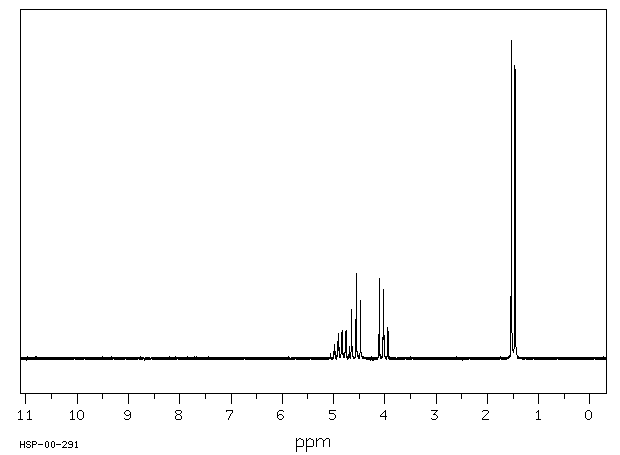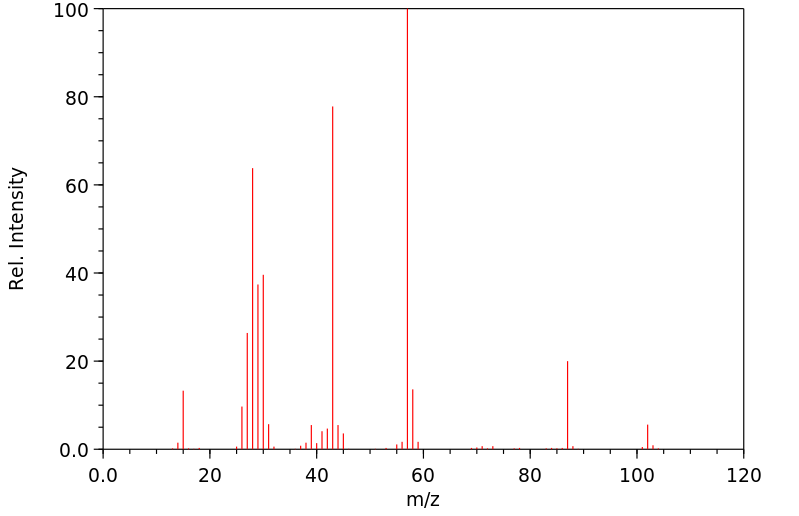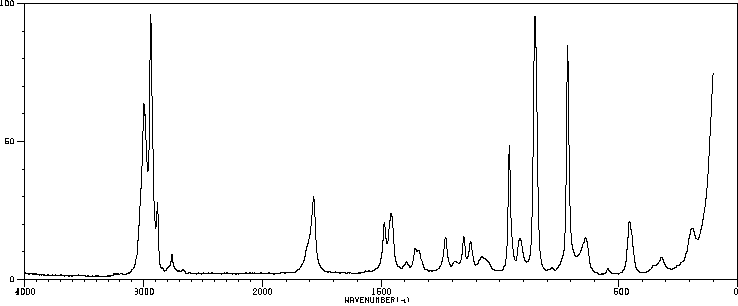毒理性
碳酸丙烯是一种无色液体。碳酸丙烯在涂料中用作高沸点溶剂和成膜助剂,特别是在聚偏二氟乙烯和聚偏氟乙烯系统中。它还用作颜料和染料工业的助剂。它还用于锂电池中,以降低二氧化硫蒸气压并增加电解质溶解度和离子导电性。人体暴露和毒性:在临床研究中,未稀释的碳酸丙烯会引起中等程度的皮肤刺激,而5%和10%碳酸丙烯的水溶液不会引起皮肤刺激或敏感。含有0.54-20%碳酸丙烯的化妆品或凝胶基本上不会引起人类皮肤的过敏,最多只会引起中等程度的刺激。含有1.51-20%碳酸丙烯的产品通常不具有光毒性和光敏性。然而,含有20%碳酸丙烯的一个产品可能在25个受试者中的1个中引起了低水平的光过敏反应。动物研究:未稀释的物质对皮肤有轻微刺激性,对兔眼有中等刺激性。在急性皮肤毒性研究中,涂抹2毫克/千克未稀释碳酸丙烯的兔磨砂皮肤上出现了轻微红斑;然而,在尸检时没有观察到病变。在大鼠皮肤上连续一个月每天涂抹10.5%或17.5%碳酸丙烯的生理盐水,产生了过度角化和治疗部位基底上皮细胞数量的增加。在大鼠中进行的为期90天的灌胃研究中,浓度高达5000毫克/千克/天的碳酸丙烯并未引起任何显著的毒性效应。在90天内暴露于100、500或1000毫克/立方米的气溶胶碳酸丙烯的大鼠中没有报告系统性毒性。在大鼠实验中发现,口服暴露浓度高达5000毫克/千克/天并未引起发育毒性;然而,在高剂量组中观察到了一些母体毒性(体重增加减少和食物消耗减少)。碳酸丙烯在 Ames Salmonella/Microsome 液体预孵化分析中呈阴性,表明无突变性,在大鼠肝细胞原代培养/DNA修复测试中也呈阴性,表明无基因毒性。
IDENTIFICATION AND USE: PROPYLENE CARBONATE is a colorless liquid. Propylene carbonate is used in paints as a high-boiling solvent and film-forming auxiliary, especially in poly(vinyl fluoride) and poly(vinylidene fluoride) systems. It is also employed as an auxiliary in the pigment and dye industry. It is also used In lithium batteries, to decrease sulfur dioxide vapor pressure and increase electrolyte solubility and ionic conductivity. HUMAN EXPOSURE AND TOXICITY: In clinical studies, undiluted propylene carbonate caused moderate skin irritation, whereas 5 and 10% propylene carbonate in aqueous solution produced no skin irritation or sensitization. Cosmetic products or gels containing 0.54-20% propylene carbonate were essentially nonsensitizing and, at most, moderately irritating to human skin. Products formulated with 1.51-20% propylene carbonate were generally nonphototoxic and nonphotosensitizing. However, one product containing 20% propylene carbonate may have produced a low level photoallergic reaction in 1 of 25 subjects tested. ANIMAL STUDIES: The undiluted material was a slight irritant to the skin and a moderate irritant to the rabbit eye. In an acute dermal toxicity study, slight erythema was noted on the abraded skin of rabbits treated with 2 mg/kg of undiluted propylene carbonate; however, no lesions were observed at necropsy. Daily application of 10.5 or 17.5% propylene carbonate in physiological saline to the skin of rats for 1 month produced hyperkeratosis and an increase in the number of basal epithelial cells at the treatment site. Gavage studies in rats for 90 days at concentrations of up to 5,000 mg/kg/d did not induce any significant toxic effects. No systemic toxicity was reported in rats exposed to 100, 500, or 1,000 mg/cu m of aerosol propylene carbonate over a 90-day period. It was found in rat experiments that oral exposure at concentrations up to 5,000 mg/kg/d did not induce developmental toxicity; however, some maternal toxicity was observed in the high-dose group (decreased body weight gain and food consumption). Propylene carbonate was negative for mutagenicity in the Ames Salmonella/Microsome Liquid Pre-incubation Assay, and negative for genotoxicity in the Rat Hepatocyte Primary Culture/DNA Repair Test.
来源:Hazardous Substances Data Bank (HSDB)











